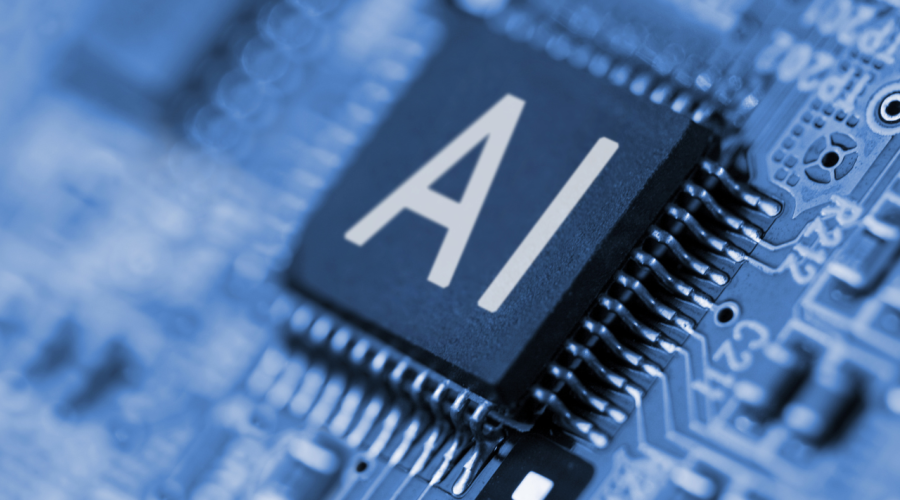AI Security Engineer: Designing and Securing AI/ML Systems Against Attacks
Artificial intelligence (AI) and machine learning (ML) are transforming industries by automating processes, enhancing decision-making, and improving efficiency. However, as AI/ML systems become more advanced, they also become attractive targets for cyber threats. A security engineer plays a crucial role in designing and securing these systems against various attacks. Organizations that rely on AI must prioritize security to ensure their systems remain robust and resilient.
Understanding the Role of a Security Engineer
A security engineer specializing in AI and ML is responsible for safeguarding these technologies from potential cyber threats. They design security frameworks, implement protective measures, and continuously monitor AI/ML systems to detect vulnerabilities. Without proper security measures, attackers can manipulate AI models, steal sensitive data, or cause system failures.

A security engineer must have expertise in AI, ML, cybersecurity, and software development. Their work includes analyzing threats, developing secure algorithms, and ensuring compliance with security standards. As AI/ML adoption grows, so does the demand for skilled security engineers who can protect these systems from evolving threats.
Common Threats to AI/ML Systems
AI/ML systems face several security risks that a security engineer must address:
- Adversarial Attacks: Attackers manipulate input data to deceive AI models. For example, minor modifications to an image can cause a facial recognition system to misidentify a person.
- Data Poisoning: Malicious actors introduce false data into the training set, corrupting the AI model’s accuracy and reliability.
- Model Inversion Attacks: Hackers extract sensitive data from AI models by analyzing outputs, leading to privacy breaches.
- Evasion Attacks: Attackers modify data to bypass security measures, making it difficult for AI to detect malicious activities.
- AI Model Theft: Unauthorized individuals attempt to replicate AI models to exploit intellectual property or deploy them for unethical purposes.
A security engineer must develop strategies to mitigate these risks and ensure the integrity of AI/ML systems.
Strategies for Securing AI/ML Systems
A security engineer employs various strategies to protect AI/ML systems from cyber threats:
1. Secure Data Management
- Ensuring high-quality and clean datasets to prevent data poisoning.
- Implementing encryption to protect sensitive training data.
- Using access control measures to restrict unauthorized data modifications.
2. Adversarial Training
- Training AI models with adversarial examples to improve their ability to detect and resist attacks.
- Regularly updating models to adapt to new attack methods.
3. Model Hardening
- Employing defensive distillation techniques to make AI models more resilient to adversarial attacks.
- Implementing robust algorithms that reduce vulnerabilities in AI decision-making.
4. Continuous Monitoring and Threat Detection
- Using AI-driven security tools to detect anomalies in real-time.
- Deploying automated threat response systems to mitigate potential attacks quickly.
5. Access Control and Authentication
- Implementing multi-factor authentication (MFA) for accessing AI models.
- Restricting API access to authorized users only.
A security engineer must integrate these strategies into the AI/ML development lifecycle to prevent security breaches.
The Importance of AI/ML Security
AI and ML systems are becoming essential in industries such as healthcare, finance, and cybersecurity. A security engineer ensures that these technologies function securely without exposing organizations to cyber threats. Without proper security, AI systems can be manipulated, leading to financial losses, privacy violations, and reputational damage.
For example, in the financial sector, AI-driven fraud detection systems analyze transactions for suspicious activities. If attackers compromise these systems, fraudulent transactions might go unnoticed. Similarly, in healthcare, AI-powered diagnostic tools must remain secure to ensure accurate patient diagnoses.
Challenges Faced by Security Engineers
Despite their expertise, security engineers encounter several challenges when securing AI/ML systems:
- Rapid Evolution of AI: As AI technology advances, new security vulnerabilities emerge, requiring constant updates and improvements.
- Lack of Standardized Security Protocols: AI security is still an evolving field, and industry-wide standards are yet to be fully established.
- Balancing Performance and Security: Strengthening security measures should not compromise AI efficiency and performance.
- Limited Awareness Among Developers: Many AI developers focus on functionality rather than security, making collaboration with security engineers essential.
- Resource Constraints: Implementing comprehensive security solutions requires financial and technical resources, which some organizations may lack.
A security engineer must navigate these challenges while ensuring AI/ML systems remain protected.
Future of AI Security Engineering
As AI adoption increases, the role of a security engineer will become even more critical. Future trends in AI security engineering include:
- AI-Powered Security Solutions: Using AI to detect and respond to security threats in real-time.
- Explainable AI (XAI): Enhancing transparency in AI decision-making to identify and prevent biased or manipulated results.
- Federated Learning: Developing decentralized AI models to improve data privacy and security.
- Regulatory Compliance: Establishing strict AI security laws and industry standards to ensure responsible AI deployment.
Expanding the Role of AI Security Engineers
To meet the growing security demands, security engineers must expand their skill sets:
- Ethical Hacking & Penetration Testing: Simulating attacks to identify vulnerabilities in AI models.
- Cloud Security: Protecting AI systems deployed on cloud platforms.
- Zero Trust Architecture: Implementing security frameworks that assume no system is automatically trusted.
- Cross-Disciplinary Collaboration: Working with data scientists, legal experts, and IT professionals to create holistic security solutions.
Case Studies of AI Security Breaches
To understand the real-world implications of AI security breaches, let’s explore a few case studies:
- Tesla’s Autopilot Manipulation: Researchers demonstrated how adversarial attacks could trick Tesla’s AI-based autopilot system, causing incorrect lane changes.
- Deepfake Scams: AI-generated deepfake videos have been used in fraud cases, highlighting the need for robust AI detection mechanisms.
- Healthcare Data Leaks: AI-driven medical platforms have suffered cyberattacks, compromising patient confidentiality and data integrity.
Best Practices for AI Security
A security engineer should adopt the following best practices:
- Regular Security Audits: Assess AI model vulnerabilities periodically.
- Multi-Layered Security Approaches: Use encryption, access controls, and real-time monitoring.
- User Awareness & Training: Educate developers and users on AI security risks.
- Red Team Testing: Employ ethical hackers to find security loopholes in AI systems.
A security engineer is a vital asset in designing and securing AI/ML systems against attacks. As AI continues to shape industries, ensuring its security is more important than ever. By implementing robust security measures, continuously monitoring AI systems, and staying ahead of emerging threats, a security engineer helps protect organizations from cyber risks. The future of AI security depends on proactive measures, and businesses must prioritize hiring skilled security engineers to safeguard their AI-driven technologies.
For more information on AI security and how eStreet Security can help protect your AI/ML systems, visit eStreet Security.


